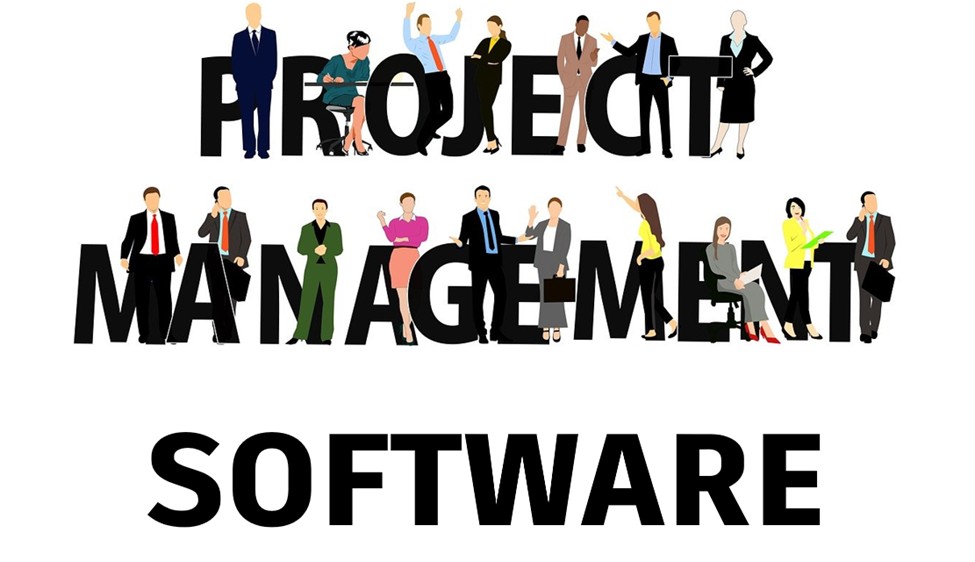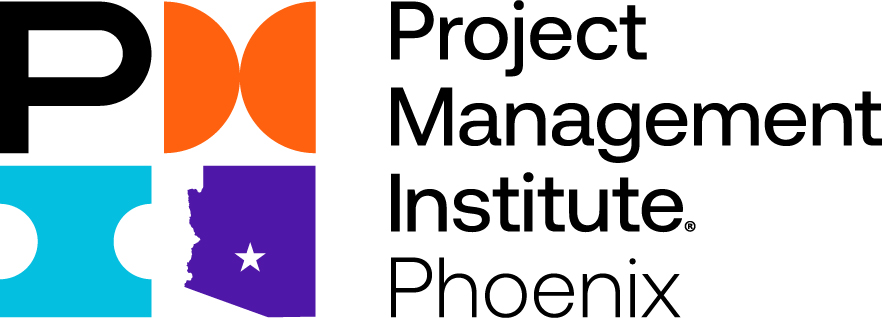
By: Bode Thomas Adeyemi
Headings in this article:
- Personal Reflection on Project Management Software
- Introduction to Project Management Software
- The Role of Project Management Tools in Supporting Risk and Issue Management
- Key Features to Consider when Selecting Project Management Software
- Key considerations before a software decision
- Conclusion - Future Trends in Project Management Software
- Bibliography
Personal Reflection on Project Management Software
In my experience, project management software like Asana has significantly enhanced my workflow in architectural projects. For instance, during a recent commercial building project, I used Revit for detailed design and 3D modeling, while managing timelines and tasks through Asana. This allowed team members to access the latest design updates and task assignments in real time, minimizing miscommunication and ensuring that everyone was aligned. I found this approach allowed for more efficient use of time and resources, as we could quickly adapt to shifting project demands.
Reflecting on my journey, I appreciate how using Asana alongside Revit has provided a more structured approach to handling complex projects. By employing features like task assignments and milestone tracking, I could clearly visualize the project's progress. For example, by setting deadlines in Asana, I identified early on that we were falling behind on the structural engineering phase. This prompt awareness helped me reallocate resources effectively, ensuring we stayed on track. Ultimately, using project management software with Revit has improved my productivity and led to higher-quality outcomes in my architectural work, allowing me to deliver projects that meet and exceed client expectations.
Introduction to Project Management Software
Project management software has become an essential tool in the modern workplace, designed to facilitate the planning, execution, and monitoring of projects across various industries. These platforms provide a centralized system for teams to collaborate, allocate resources, track progress, and manage deadlines, enhancing overall productivity and efficiency. With features like task assignments, Gantt charts, and real-time progress tracking, project management software allows project managers to visualize the project's timeline, identify potential bottlenecks, and ensure all stakeholders align with the project's goals. As organizations increasingly recognize the importance of effective project management, adopting the right software can be a game-changer for both small teams and large enterprises.
In addition to improving coordination and communication, project management software offers valuable insights through reporting and analytics. Users can generate reports highlighting key performance indicators, monitor budget expenditures, and assess team workloads, aiding in informed decision-making. Moreover, these tools often integrate with other software applications, such as communication and file-sharing platforms, creating a seamless workflow that reduces duplicative efforts. As I explore the landscape of project management software, I am consistently impressed by the range of functionalities available, enabling teams to tailor their approach according to project complexity and organizational needs. The right project management software can ultimately empower teams to deliver higher-quality results while fostering a more collaborative work environment.
The Role of Project Management Tools in Supporting Risk and Issue Management
In today’s dynamic project environment, effective risk and issue management is vital for success, as risks can significantly impact timelines, budgets, and overall project outcomes. Project managers face the challenge of navigating these uncertainties to keep their teams focused and productive. Project management (PM) tools are essential in this context, as they streamline execution and provide structured methods for identifying and mitigating risks. By incorporating features specifically designed for risk and issue management, PM tools empower teams to maintain clarity and control amid the complexities of their projects.
These tools offer key advantages that enhance project management processes. First, they provide a centralized platform for documenting all project-related risks and issues, ensuring that team members have access to the latest information and reducing miscommunication. Additionally, PM tools enable real-time tracking of risks and issues, allowing project managers to respond swiftly to changes. Their reporting functionalities facilitate visualization of risks, aiding stakeholder communication and decision-making. Furthermore, integrating risk and issue management into the overall project strategy ensures that these factors are considered during planning and execution.
Key Features to Consider when Selecting Project Management Software
- Task Management
Task management is one of the most critical components to consider when selecting project management software. This feature enables users to create, assign, and prioritize tasks within a project. Effective task management allows teams to break down larger objectives into manageable actions, set deadlines, and track progress. By categorizing tasks based on urgency and importance, team members can maintain focus and productivity, ensuring that everyone is aware of their responsibilities and the project's status.
- Collaboration Tools
Another essential feature is collaboration tools, facilitating seamless communication among team members. These tools often include file sharing, discussion boards, and integrated messaging systems that promote real-time interaction. Collaboration is particularly valuable for remote teams or members in different locations, as it helps maintain connectivity and fosters a sense of teamwork. When team members can easily share updates and feedback, the workflow improves, leading to more effective project execution.
- Reporting and Analytics
Strong reporting and analytics capabilities are also vital in project management software, providing insights into project performance. Customizable reports allow users to visualize key metrics, such as timelines, resource allocation, and budget expenditures. By analyzing this data, project managers can identify trends and areas for improvement, enabling informed decision-making. Effective reporting helps ensure that projects stay on track and within budget while allowing teams to adapt strategies as needed.
- Time Tracking
Finally, time tracking functionality is crucial for monitoring time spent on tasks. This feature helps identify potential inefficiencies, ensuring that resources are allocated effectively and deadlines are met. By understanding where time is utilized, teams can optimize their workflows and improve productivity. An integrated time tracking system provides accountability and enables project managers to make data-driven decisions about scheduling and resource management.
Key Considerations Before a Software Decision
1. Understanding Your Team’s Needs
a). Size of the Team: Determine how many users will need access to the software.
b). Project Complexity: Assess the complexity of projects your team handles; choose software that matches those needs.
c). Remote vs. In-Person Collaboration: Consider how your team collaborates; prioritize tools that support your working style.
2. Evaluating Software Options
a). Popular Project Management Tools: Research various software options and consider the pros and cons.
b). Comparison of Features and Pricing: Compare features and pricing structures to find the best fit for your requirements.
3. Integration with Existing Tools
a). Importance of Compatibility: Ensure the software integrates smoothly with tools your team already uses.
b). Common Integrations to Look For: Look for compatibility with email, calendar, and file-sharing applications.
4. User Experience and Interface
a). Importance of Usability: Prioritize software that is easy to navigate for all team members.
b). Accessibility Features: Check for features that cater to users with disabilities.
5. Trial Periods and Demos
a). Advantages of Trying Before You Buy: Utilize trial periods to explore functionality and usability without commitment.
b). What to Look for During a Trial: Pay attention to ease of use, features relevant to your projects, and overall team satisfaction.
6. User Support and Resources
a). Importance of Customer Support: Choose software with strong customer support options for troubleshooting.
b). Availability of Tutorials and Documentation: Look for comprehensive resources to help your team learn the software.
7. Budget Considerations
a). Pricing Models: Subscription vs. One-Time Purchase: Determine which pricing model fits your budget and funding cycle.
b). Assessing ROI from Project Management Software: Evaluate how the software can improve efficiency and productivity to justify investment.
8. Making the Final Decision
a). Steps to Confirm Your Choice: Review all evaluated software options. Revisit the criteria based on your team's needs. Conduct follow-up discussions with stakeholders. Seeking feedback from team members who tested the software. Consider long-term implications, such as scalability and alignment with future projects.
b). Involving Your Team in the Decision-Making Process: Engage your team to ensure buy-in. Schedule a meeting to discuss final options. Encourage open dialogue and input from all team members. Their insights can help inform your choice. Involving them fosters a sense of ownership and leads to smoother implementation.
Conclusion - Future Trends in Project Management Software
As we look toward the future of project management software, several key trends are emerging that promise to reshape how teams collaborate and manage projects. One significant trend is the continued integration of artificial intelligence (AI) and machine learning (ML) capabilities into project management tools. These technologies offer advanced analytics to predict project outcomes, optimize resource allocation, and automate repetitive tasks. By leveraging AI, teams can make more informed decisions based on real-time data and insights, increasing efficiency and reducing project risks. Additionally, AI-driven features such as intelligent assistance and chatbots will likely enhance user experiences by offering support and recommendations, making project management tools more intuitive.
Another trend is the growing emphasis on remote and hybrid work environments. As the nature of work evolves, project management software is adapting to provide robust features that facilitate collaboration among distributed teams. This includes enhanced video conferencing capabilities, integrated communication tools, and real-time collaboration features that connect team members regardless of physical location. The focus on user-friendly interfaces and mobile accessibility ensures team members can manage tasks and communicate effectively from anywhere. As these trends continue to develop, project management software will play a pivotal role in shaping the future of work, allowing organizations to remain agile and responsive in an increasingly complex landscape.
Bibliography
- Alomar, N., Almobarak, N., Alkoblan, S., Alhozaimy, S., & Alharbi, S. (2016). Usability engineering of agile software project management tools. In Design, User Experience, and Usability: Design Thinking and Methods: 5th International Conference, DUXU 2016, Held as Part of HCI International 2016, Toronto, Canada, July 17–22, 2016, Proceedings, Part I 5 (pp. 197-208). Springer International Publishing.
- Chapman, C. & Ward, S. (1998). Project Risk Management: Processes, Techniques and Insights. (2nd ed.). John Wiley & Sons.
- Hillson, D., & Simon, P. (2020). Practical Project Risk Management: The ATOM Methodology. 2nd Edition. Berrett-Koehler Publishers.
- Kerzner, H. (2025). Project Management: A Systems Approach to Planning, Scheduling, and Controlling. (12th ed). John Wiley & Sons.
- Kendrick, T. (2015). Identifying and Managing Project Risk: Essential Tools for Failure-Proofing your Project. 2nd ed. New York: Amacom.
- Meredith, J. R., Shafer, S. M., & Mantel Jr, S. J. (2017). Project Management: A Strategic Managerial Approach. John Wiley & Sons.
- Murni, S. (2024). Impact of Project Management Software on Team Collaboration and Efficiency in Marketing Projects in Indonesia. International Journal of Project Management, 6(2), 75-86.
- Nikitina, E. V., Nikitin, S. A., & Elkina, D. A. (2022). Comparative Analysis of Project Management Software Products. In Proceedings of the International Scientific Conference “Smart Nations: Global Trends in the Digital Economy” Volume 1 (pp. 339-345). Cham: Springer International Publishing.
- Project Management Institute. (2017). A guide to the project management body of knowledge (PMBOK Guide). 6th ed. Newtown Square, PA: Project Management Institute.
- Rico, D. F. (2004). ROI of software process improvement: Metrics for project managers and software engineers. J. Ross Publishing.
- Thamhain, H. J. (1998). Integrating project management tools with the project team. Computer Software, 71, 2-50.

